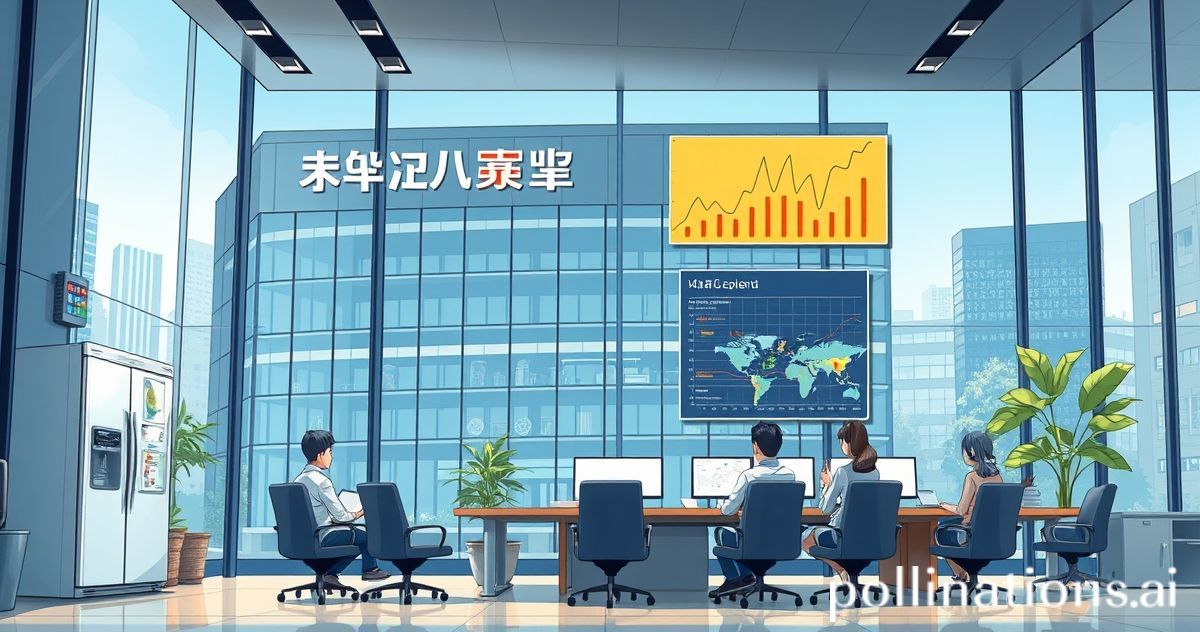
LG Electronics announced a dramatic 46% decline in second-quarter operating profit to 639.1 billion won ($491 million) compared to the same period last year, as the South Korean tech giant grappled with intensifying U.S. trade policies and weakening global consumer demand. Despite revenue growth, mounting operational challenges have significantly impacted the company's profitability across key business segments.
Revenue Growth Masks Profit Decline
While LG Electronics achieved revenue growth of 8.3% year-over-year to 21.7 trillion won in the second quarter, the sharp profit decline reflects the complex challenges facing global appliance manufacturers. The company attributed the disappointing performance to increased tariff burdens in key markets and widespread consumer hesitancy to make major appliance purchases.
The Home Appliance & Air Solution (H&A) division, traditionally LG's profit engine, experienced the most severe impact. Sales of major appliances including washing machines, refrigerators, and dryers declined significantly in North American and European markets, directly contributing to the overall profit deterioration.
Regional Market Challenges
North American operations faced particular difficulties as elevated tariff rates increased product costs, making LG appliances less competitive against domestic alternatives. While the company has been expanding local manufacturing capacity to mitigate tariff impacts, the transition period has created short-term profitability pressures.
European markets presented different but equally challenging dynamics. Rising energy costs and persistent inflationary pressures led consumers to defer large appliance purchases, particularly affecting LG's premium product strategy.
In China, intensifying competition from domestic brands and increasing price sensitivity among consumers further eroded market share. Local manufacturers' aggressive pricing strategies challenged LG's premium positioning, forcing the company to reconsider its market approach.
Business Segment Performance Analysis
The Vehicle Solutions (VS) division emerged as a bright spot amid overall challenges, achieving 12% year-over-year growth with revenues of 2.8 trillion won and operating profit of 80 billion won. Strong demand for electric vehicle components and expanded infotainment system supply contracts drove this positive performance.
The Air Conditioning & Energy Solution (ACB) division maintained stability with revenues of 4.1 trillion won, supported by consistent demand for commercial air conditioning systems. However, the H&A division's 35% operating profit decline to 350 billion won overshadowed these positive segments.
Strategic Response and Future Outlook
LG Electronics has outlined a comprehensive strategy focusing on B2B business expansion, subscription services enhancement, and direct-to-consumer (D2C) channel development for the second half of 2025. The company aims to reduce dependence on traditional retail channels while improving profit margins through direct customer relationships.
The automotive components business represents a key growth area, with planned expansions in battery management systems and vehicle display technologies. These investments align with global electric vehicle market growth and position LG to capitalize on automotive industry transformation.
The company's ability to navigate current challenges while building future growth platforms will largely determine its competitive position in an increasingly complex global marketplace.
Original: https://trendy.storydot.kr/economy/lg-electronics-q2-profit-decline-2025


0 Comments